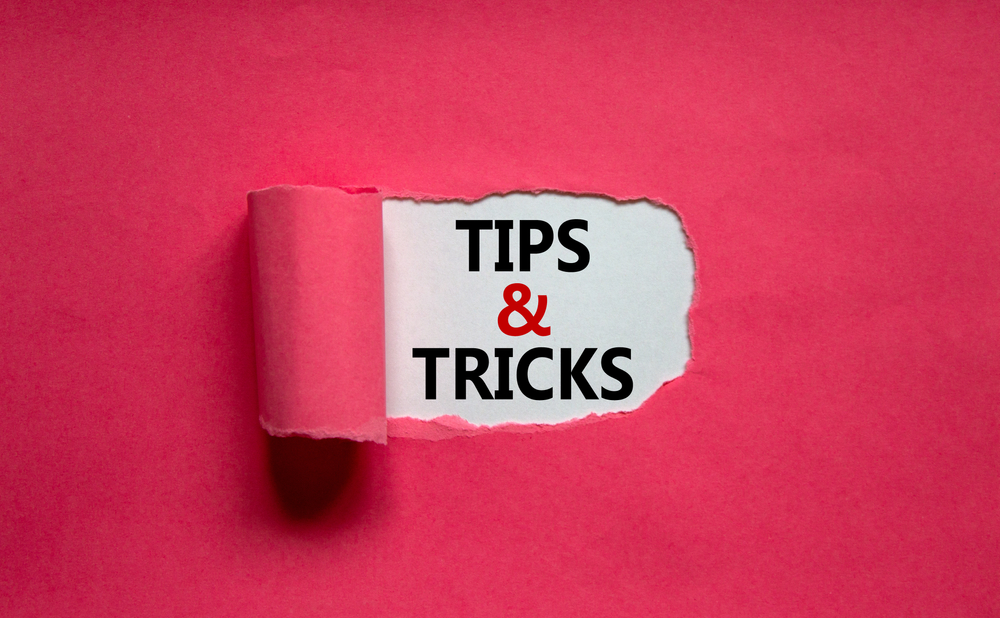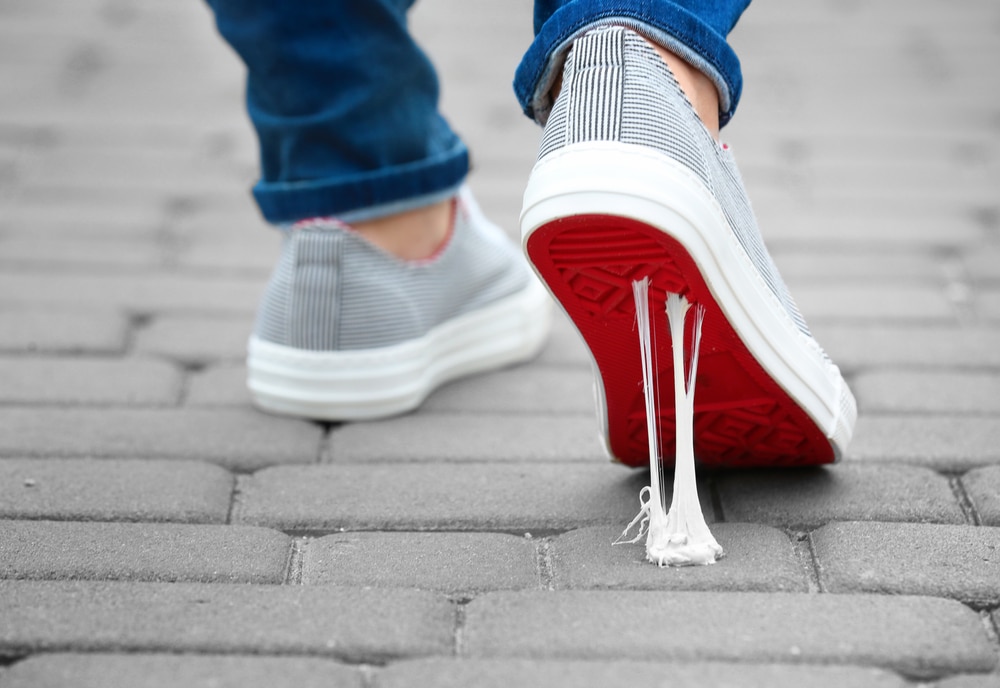Do you feel like you are throwing everything at it, but still getting no cut-through with your arts event promo? You are not alone.
Over 5.1 billion people are frequent internet users today (source: We Are Social, Digital 2023), spending about 6.5 hours online every day – 92% of that happening on mobile devices. Talk about a cluttered digital landscape! No wonder we all either feel overwhelmed or too burnt out to even ‘click and read’.
But that is not helpful when you are trying to get your event known, or hoping to grow your audience base and bolster ticket sales.
In the past marketing was simple: you designed a poster, printed it and whacked it up … and, if you were feeling flush, booked an advertisement. With e-marketing and social media it just got a whole lot more complicated. ArtsHub writer Brooke Boland says, ‘A clever campaign doesn’t just sell a show; it raises the profile of an organisation, builds new revenue streams and breaks into new audience markets, as well as selling more tickets.’
ArtsHub has corralled advice from our pool of industry sources, and come up with this list for success based on everything we have seen.
Jump to:

1. Best branding is simple branding
You need to come up with a name and theme for your event – aka a brand – to help promote it. Tip: keep it short, snappy and simple. You want it to be able to translate easily to a graphic that can be used as a logo, on your socials, or as a banner on your website – or, better still, someone else’s website.
You can spend squillions on this, or you can simply use a design site like Canva, which offers both free and premium subscriptions. But as Julian Melhuish, Director of Melhuish & Co, reminds us, keep it honest and keep it real.
‘Humanising [your marketing] is about keeping it straight. If it requires decoding, the public often won’t know what you’re talking about,’ he tells ArtsHub. It needs to be a quick read, as well as memorable. Then carry that brand across everything.
Read: Making your brand stick
2. The bones – a good image will sell your event
Never underestimate the power of a strong image to market your event. First, ask yourself what is your goal – who do you want to come, and what is the tone of the event? This will determine the image/s you use.
ArtsHub suggests to only use a small selection (three to five images) at most, so as not to dilute your marketing. We have found that the more the image is seen out there in the world, the more it will trigger an immediate connection with your arts event.
The New York Times Bestselling Author, John Medina, says, ‘When people hear information, they’re likely to remember only 10% of that information three days later. However, if a relevant image is paired with that same information, people retained 65% of the information three days later.’
Some of the more successful examples with ArtsHub readers have been the striking artwork of Ema Shin for SHE exhibition, and drones hovering over Uluru for the launch of Wintjiri Wiṟu, and from the spectacular to the quirky – these images pique our curiosity and drive ‘opens’ online.
And if photography is beyond your budget, then there are image sites you can turn to, such as Shutterstock or royalty free versions like Unsplash. Just remember, however, that stock images can come across as too ‘stocky’, so be careful to be genuine in your choice. Ask yourself: ‘Is this a photo that I could take at my event?’
3. Social platforms are just that – social
We all know that word of mouth is the best form of promotion. But today, word of mouth encompasses both the in-person ‘yacking’ and social media. People troll through social platforms to learn about things, in a social sense – what’s on, what’s new, what’s the industry gossip?
You want to capture those ‘eyes’, but it can be hard to do on your own. There are ways to dip a toe into the advertising pool without the cost of an arm and a leg. You can boost your own social posts for a fee; or you can harness the visibility of influencers or high-profile organisations and media outlets with paid posts.
Why this is a good option? ‘The typical working-age internet user now spends 30% more time using social media each day than they spend watching “traditional” television (i.e. broadcast and cable TV channels),’ reports We Are Social (2023).
Your audience is right there and looking, so just piggy-back on your friends to get your event seen.
4. Keywords are king
While SEO – Search Engine Optimisation – has been around as long as the internet, it is only in recent years that it has proven to be critical to event marketing, with constantly shifting algorithms and hashtag trending disrupting strategic campaigns.
Whether you are marketing a festival, arts event or exhibition, keywords will assist in directing readers and Google searches your way. Our five tips on mastering keywords:
- Think like a customer – what are you looking for in a word?
- Look for volume – for example, sustainable over sustainability may be the difference of a million eyes.
- What are similar companies and competitors using?
- Use an SEO plugin to keep you on track.
- Repeat, repeat, repeat – drum home the keywords that are important, including your event name or brand.
- Add a long tail keyword (two or three-word phrase) to catch the deeper search.
A great example is #makingculturehappen – a keyword that the Australia Culture Fund promotes across all its branding, content and advertising to amplify its message and visibility.
5. Harness the power of emails and content placement
One of the most powerful marketing tools is direct mail. In the past, this was flyers via snail mail (aka the postbox). Today, electronic direct mailing (eDMs) are an essential in your marketing kit.
ArtsHub’s primary communication to its over 150,000 subscribers is via eDMs three times a week. Why all that effort? Because it works! It is a great way to communicate with your ‘family’; however, the problem is they are the converted loyal.
Great marketing pushes outside that pool. One way to do that is to collaborate with a colleague or organisation and partner in a targeted eDM, or consider sponsored content, so that others will put your event directly in front of a broader contact list.
And a tip – don’t forget to adjust your email signatures across your organisation to let people know about an upcoming event. This is a total no-brainer, but one that many of us forget. And also remember, always include a link to enable a direct action to your program, ticket sales or fundraising site. Knowledge is only half of your goal.
6. Mastering What’s On calendars
Most media sources, like ArtsHub, have a ‘What’s On’ section, which is constantly updated with the latest arts events, festivals and exhibitions. This is an often-overlooked resource. And the good news is that they are frequently free with an organisation membership.
Recognise that the people who read these columns are motivated and are looking for things to do – so the conversion rate can be high.
One of the greatest failings, however, is that organisations get so caught up in ‘the blurb’ selling their event, that they often forget to include a link to allow people to convert their interest into action with a quick and easy click.
And don’t forget to also harness the What’s On calendar of your local tourism office, your RADOs (Regional Arts Development Offices) and related peak organisations. What may take five minutes and seem basic, could lead to new audiences.
7. Consider a banner blitz
‘Display ads’ as they’re called in the industry can be expensive – and frankly – a bit old-fashioned. Plus, we don’t all have the budgets for glossy pages. There are ways, however, where you can have equally strong and targeted visibility at a fraction of the price. We are talking about banner ads on other people’s websites. The trick is being strategic and matching your target audiences.
We Are Social reports that, global ‘digital ad revenues have jumped by a massive 78% over the past three years’. Why? Because it works. This has largely come out of the pandemic digital landscape, and has shaped a new culture of collaboration.
So when we talk about digital advertising, we mean paid ‘boosts’ on your own social channels, on partner organisations’ social channels, or as embedded advertising and content – such as a banner that sits like a ‘header or footer’ and wraps around newsy content.
In the marketing world this is considered prime real estate and captures every eye that lands on the website. Some people even choose to make these animated by using GIFs tantalising readers into paying attention.
Arts event marketing can be quick, flexible, effective and targeted without draining your budget, but offering that visibility boost you may need.





